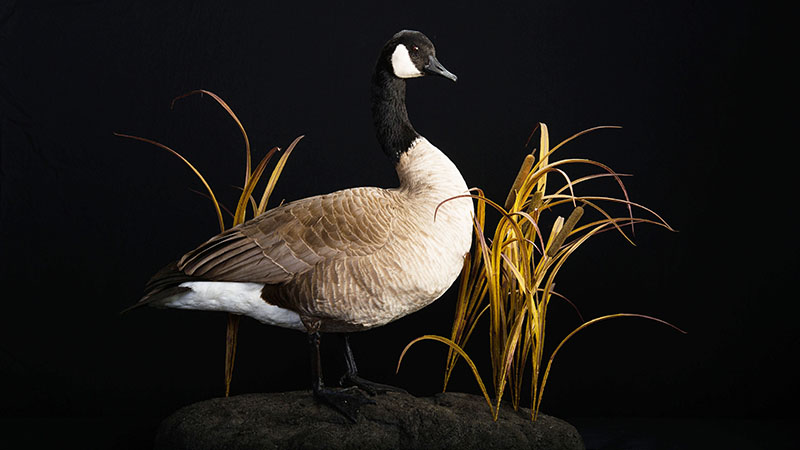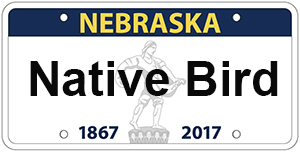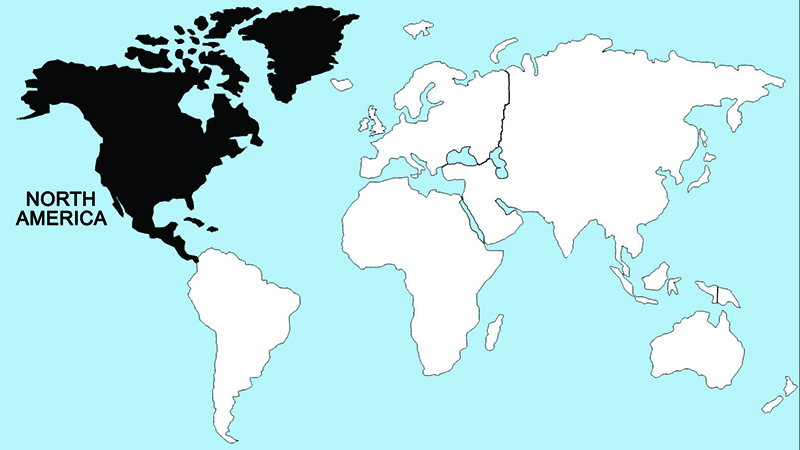Canada Goose

There is a remarkable range in the breeding ranges, plumage darkness and body sizes of the Branta geese collectively called Canada geese, varying from 12–13 pound birds nesting in the Great Plains to 3-4 pound versions that nest in the high arctic. The smallest of these, the higharctic nesters, have recently been separated from their larger relatives on the basis of genetic evidence, and are now called cackling geese. Pair bonds in all are strong and essentially lifelong. Separation from a mate, or its death, results in the formation of a new pair bond, usually during the next breeding season. In older, experienced, and "acquainted" geese, pair bonds can be formed very rapidly, even in a few hours, and such bonds will persist as long as both members remain alive. Brood-mates retain family bonds well into their second year, and migrating flocks of Canada and cackling geese basically consist of units comprised of pairs and families, with no single "flock leader," as is often imagined.
Nest-building is normally done by the female almost exclusively, although rarely the male participates to a limited extent. Generally, these geese prefer to nest in locations that allow good visibility, a firm and fairly dry nest foundation, close proximity to water, and nearness to suitable foraging and brood-rearing habitats. Elevated sites are preferred over lower ones, and sand seems to be preferred over cobblestone as a substrate. The eggs are laid at approximately daily intervals until a clutch averaging about five eggs has been completed. There is no obvious geographic variation in clutch sizes, but incubation periods tend to be slightly shorter in the tiny cackling geese (about 24 vs 28 days) as compared to the largest subspecies. Likewise, the fledging period of the cackling goose is sometimes as short as 42 days, while in the largest races of Canada goose it may be as long as 86 days. In all, the adults undergo their own flightless periods during the latter part of the fledging period of their offspring, and larger forms remain flightless for longer periods than do the smaller ones. In some populations there is a substantial "molt migration" by adult non-breeders, which may fly a thousand miles or more to traditional molting areas before becoming flightless.
Regions Birds Are Found


Taxonomy
| Order | Anseriformes |
|---|---|
| Family | Anatidae |
| Tribe | Anserini |
| Species | Branta |
| Genus | canadensis |
References
- Johnsgard, P. A. 1975b. Waterfowl of North America. Bloomington, IN: Indiana Univ. Press.
- Johnsgard, P. A. 1978. Ducks, Geese and Swans of the World. Lincoln, NE: Univ. of Nebraska Press.
- Elliot, A., J. del Hoyo, J. Sargatal, and C. Imboden, eds. 1992. Handbook of Birds of the World. Vol. 1 (Ostriches to Ducks). Barcelona, Spain: Lynx Editions.
- Kear, J. 2005. Ducks, Geese and Swans. London, UK: Oxford University Press.